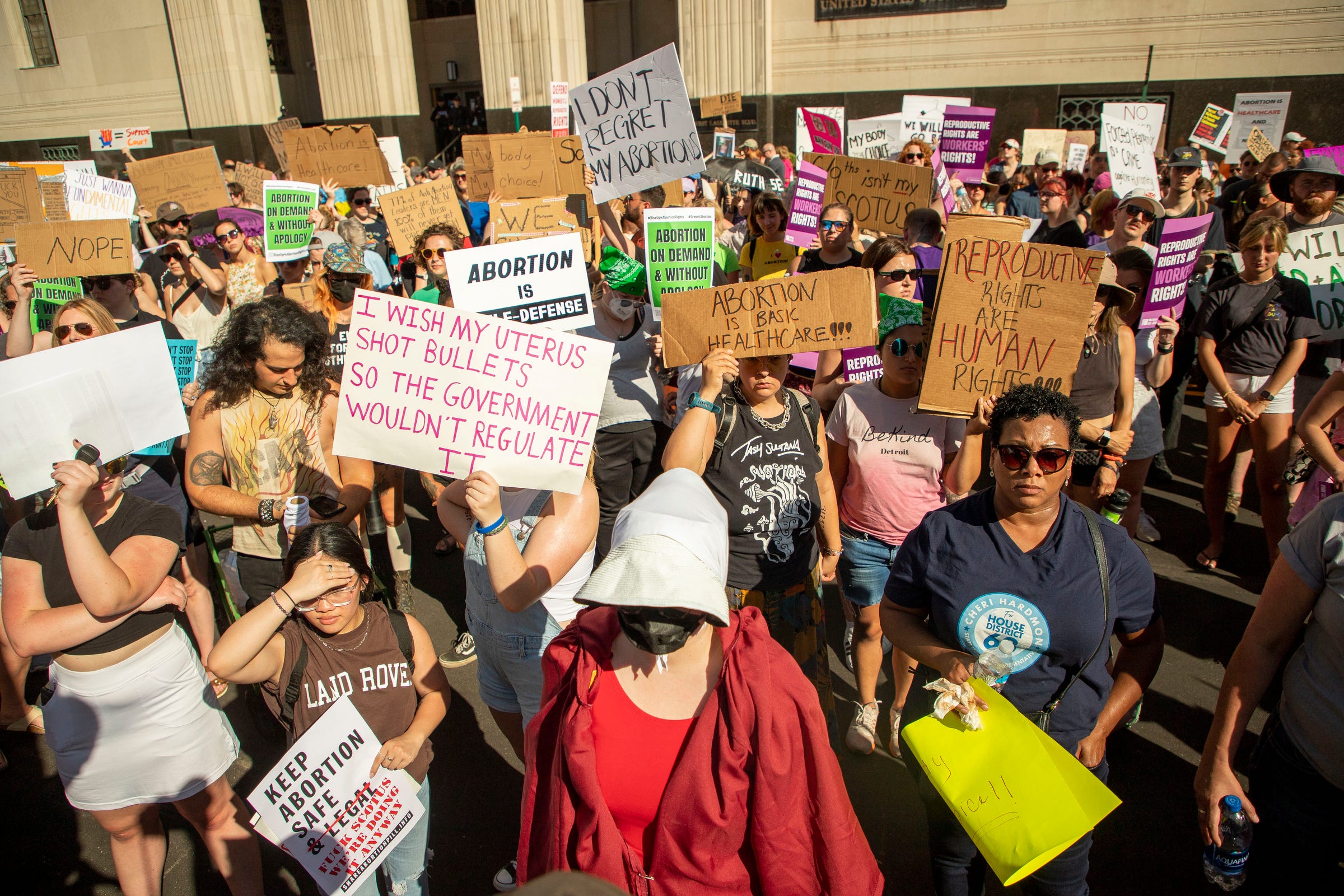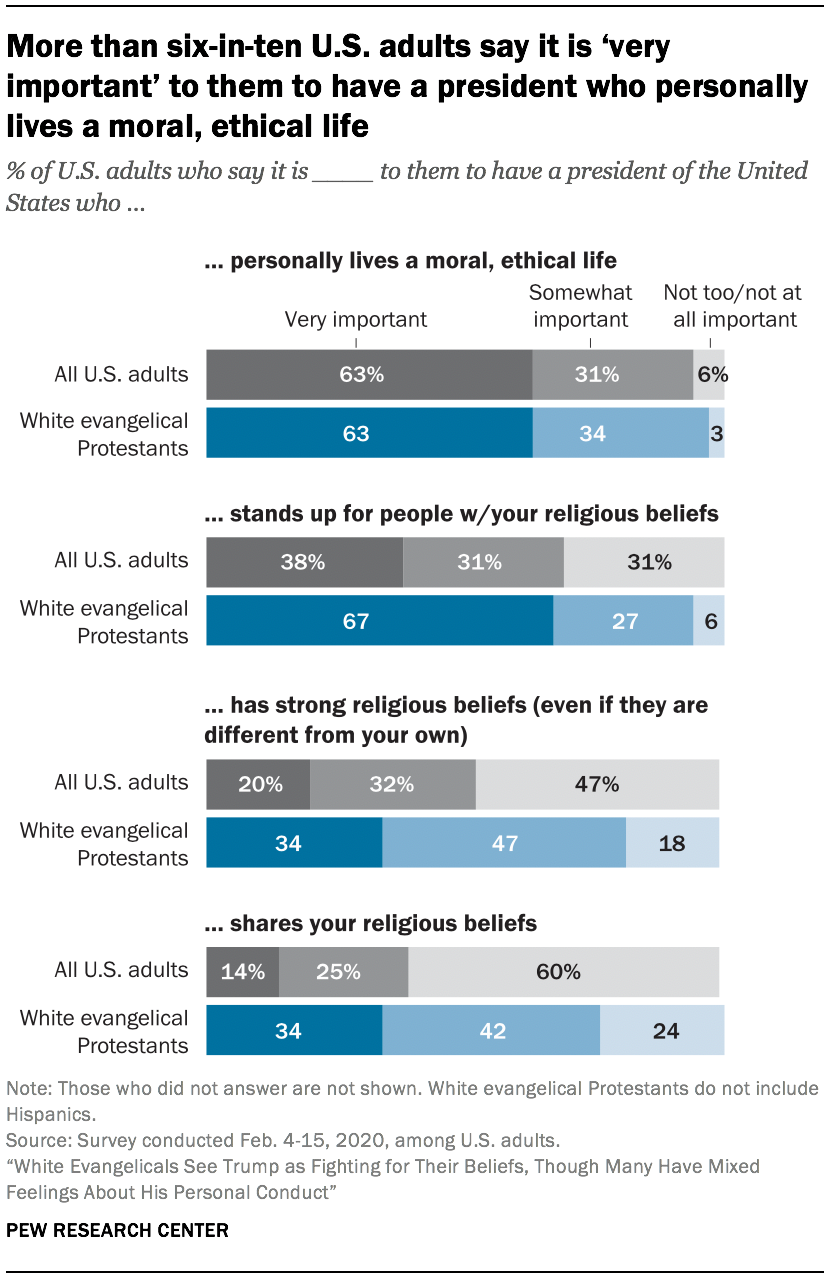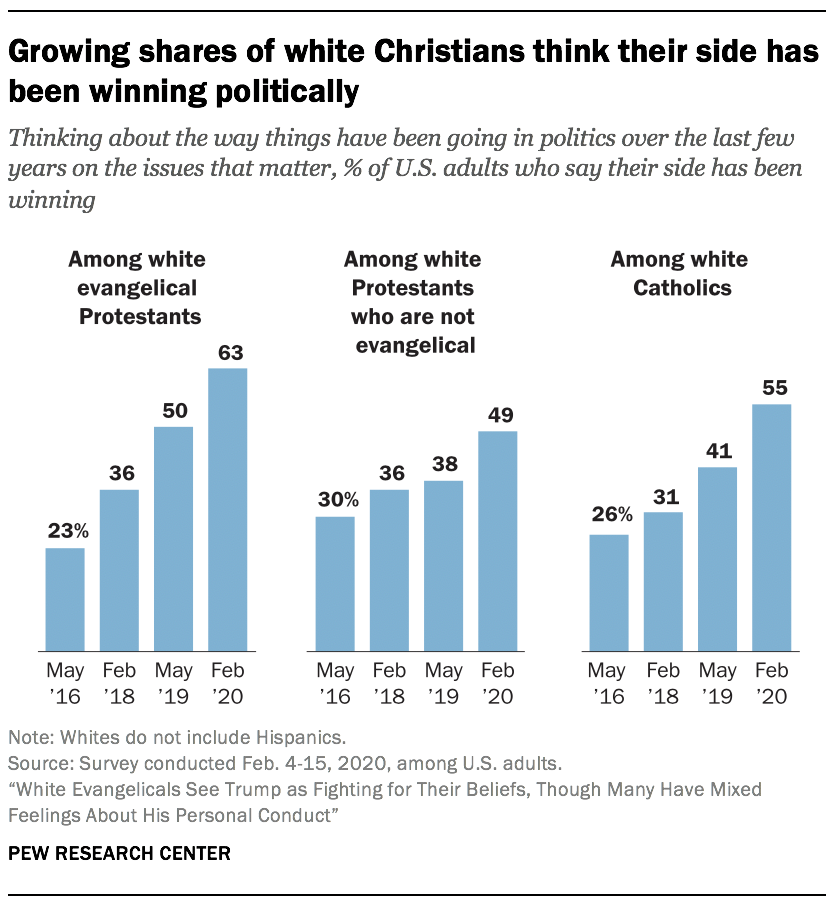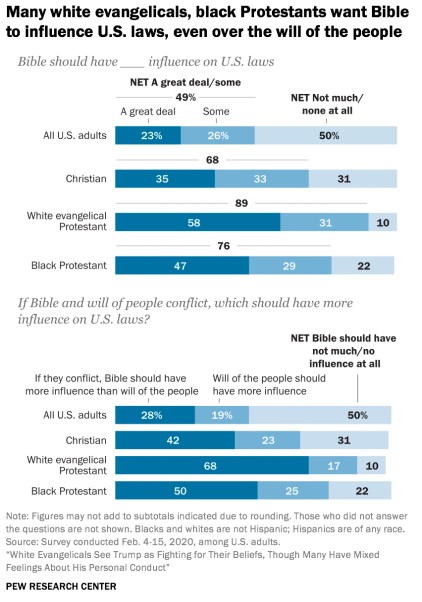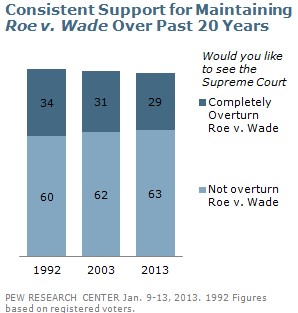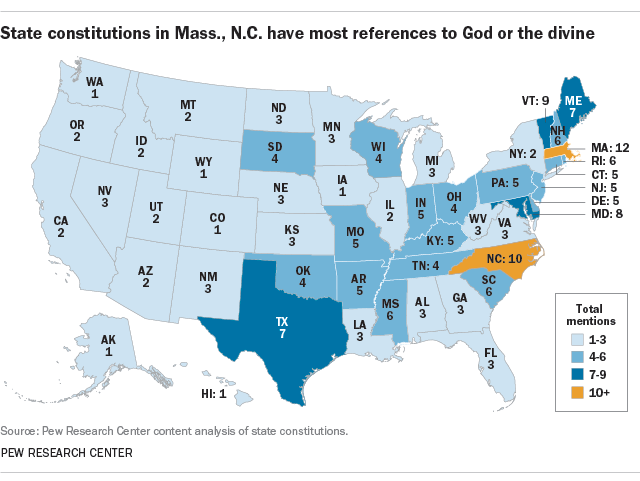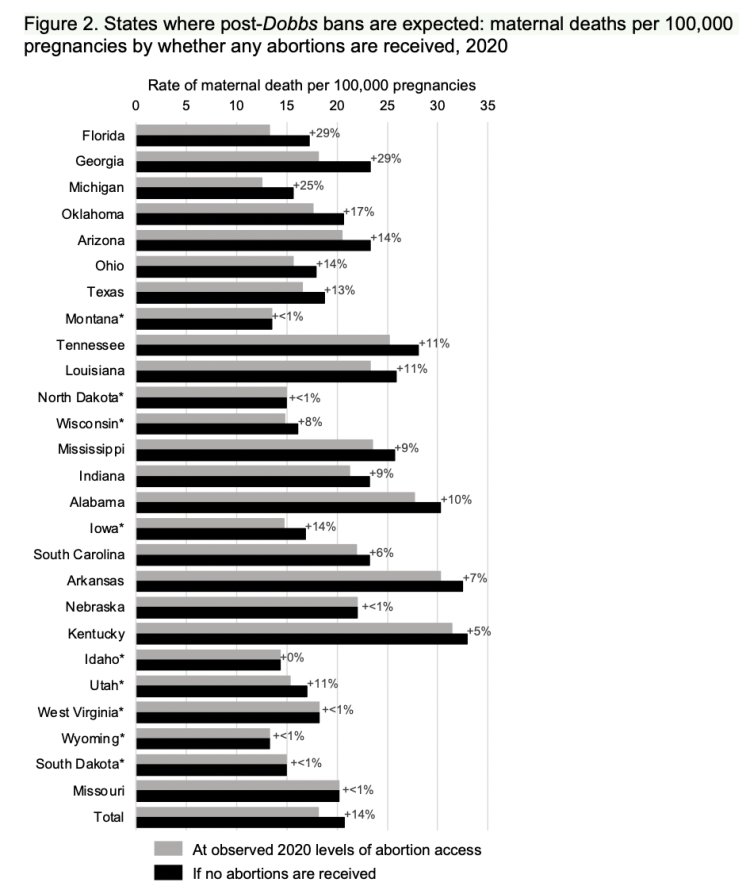Part
01
of sixteen
Part
01
How will the overturning of Roe V. Wade affect publicly-funded fetal tissue research?
Key Takeaways
- Before the 1973 Roe v. Wade decision, many state abortion laws banned or indirectly regulated fetal research.
- On Friday, July 1, 2022, Michigan GOP senators quickly passed two bills that would prohibit research on cells obtained from an abortion.
- On Monday, June 27, 2022, Pennsylvania House Republicans amended the state's appropriation bill for state-related universities. The amendment, which passed in a 108-92 vote, seeks to ensure that state-related universities cease to engage in fetal tissue research or experimentation using fetal tissue from an elective abortion. Based on the amendment, the University of Pittsburgh will not receive its $151 million state appropriation unless it stops such research.
Introduction
The report provides the historical background and current regulation of fetal tissue research to demonstrate what role states play and how the overturn of Roe v. Wade can impact this space. Furthermore, it presents two states that have already announced measures to limit fetal tissue research, which are Michigan and Pennsylvania.
Historical Background
- Although fetal tissue research has been a key area of focus in discussions about abortion laws, fetal research, rather than fetal tissue research, was historically the target of much of the regulatory and legislative quagmire.
- Fetal research drew more criticism, having emerged before the contentious use of fetal tissue for transplantation. It involved older technologies and had a wide range of applications, including improving fetal survival and fertility of couples who experience conception issues. By its nature, fetal research encompasses “the complete spectrum of ethical, legal, and social issues that attend to experiments on living fetuses in utero, embryos produced by in vitro methods, and even the very ownership of those embryos.”
- However, before the 1973 Roe v. Wade decision, many state abortion laws banned or indirectly regulated fetal research.
Regulation of Fetal Tissue Research
- Specifically, regulation for fetal tissue research came in 1973 following the ratification of the Uniform Anatomical Gift Act (UAGA), which “regulated the use of human organs and tissues after death, prohibiting their sale for-profit and their use for any” reasons, with an exception for research or therapy. Roe v. Wade most likely triggered federal regulation for fetal tissue research as the legalization of abortion, with its potential for increasing the supply of fetal tissue and cells, put the spotlight on the debate.
- Versions of the UAGA regulate fetal tissue donation at the state level. A policy review by the Guttmacher Institute in 2016 showed that UAGA laws in 38 states and the District of Columbia explicitly treat fetal tissue like other human tissue, permitting women to donate it for research, therapy, or education. The other 12 states remained silent on the donation of fetal tissue.
- Specific statutes (which often incorporate federal standards) in some states also regulate fetal tissue donation and research. For example, profiting from the donation or transfer of fetal tissue for research purposes is prohibited in 12 states, and the woman's consent is required for research in eight states. Meanwhile, state laws in five states, such as Indiana, ban the use of fetal tissue obtained from abortions for research.
- While federal policies include limitations on funding for human embryo and embryoid research, state laws often deal with aspects such as fetal tissue research, abortion, and others.
- While 29 states have laws that impact human embryo research, only 11 states, including Arkansas, New Mexico, Pennsylvania, North Dakota, South Dakota, Kentucky, Minnesota, Nebraska, Oklahoma, Louisiana, and Rhode Island, prohibit it.
- Five states, with a broad range of definitions of a fetus, ban fetal research. These include Pennsylvania, Minnesota, North Dakota, New Mexico, and Rhode Island.
- In a paper published in the Journal of Law and the Biosciences, Kirstin Matthews and Daniel Moralí concluded that “the patchwork of policies between US states is morally inconsistent, with some research banned in one state but publicly funded in another. As a result of our current decentralized approach to the human embryo and embryoid research, we find a highly pluralist approach to regulation, which reflects geographic differences in perceptions and opinions about the research.”
States Already Announcing Measures to Limit Fetal Tissue Research
Pennsylvania
- Following the overturning of Roe v. Wade, on Monday, June 27, 2022, Pennsylvania House Republicans amended the state's appropriation bill for state-related universities. The amendment, which passed in a 108-92 vote, seeks to ensure that state-related universities cease to engage in fetal tissue research or experimentation using fetal tissue from an elective abortion. Based on the amendment, the University of Pittsburgh will not receive its $151 million state appropriation unless it stops such research.
- State Rep. Jerry Knowles (R., Schuylkill), who focused on tissue research when he addressed the floor, said, “My goal is not to stop the funding. As a matter of fact, I want to help Pitt get themselves out of a problem they have created for themselves.”
Michigan
- On Friday, July 1, 2022, Michigan GOP senators quickly passed two bills that would prohibit research on cells obtained from an abortion.
- House Bill 5558, bans research conducted on an “organ, tissue or cell taken from a dead embryo, fetus or neonate obtained from an abortion.” The second bill, House Bill 5559, proposes a prison sentence of up to five years for violators.
- The bills, which passed in a 21-16 vote at 2:30 am following no discussion or debate, are expected to be vetoed by Gov. Gretchen Whitmer.
- During a congressional hearing on fetal tissue research in 2016, Dr. Lawrence Goldstein, "now an emeritus professor of cellular and molecular medicine at the University of California San Diego” said, “My message is simple: Fetal tissue and cells that would otherwise be discarded play a vital role in modern cutting edge medical research.”
Research Strategy
To provide historical context for how fetal tissue research is regulated and how it correlates with the overturning of Roe v. Wade, we used some sources older than 24 months.
.png)
